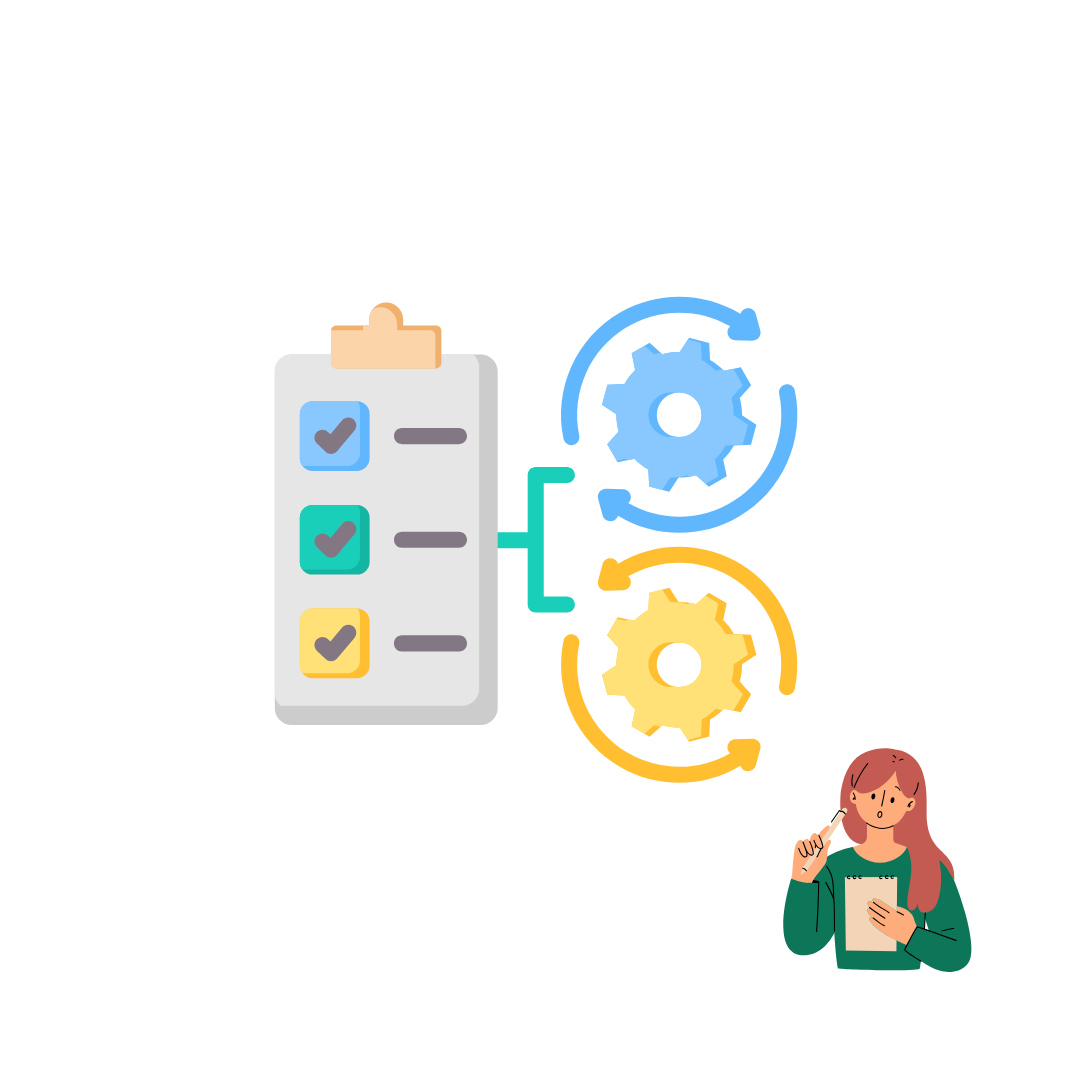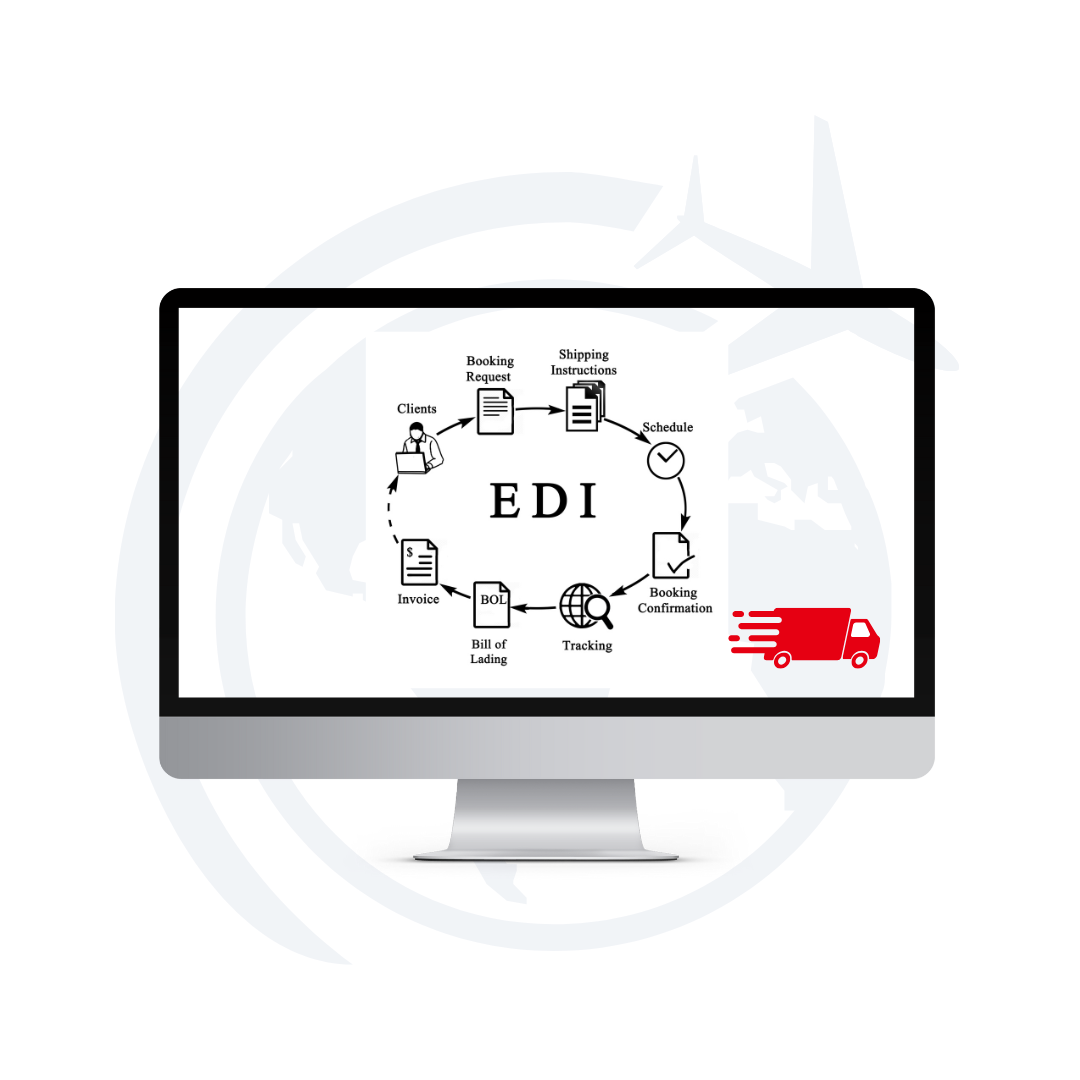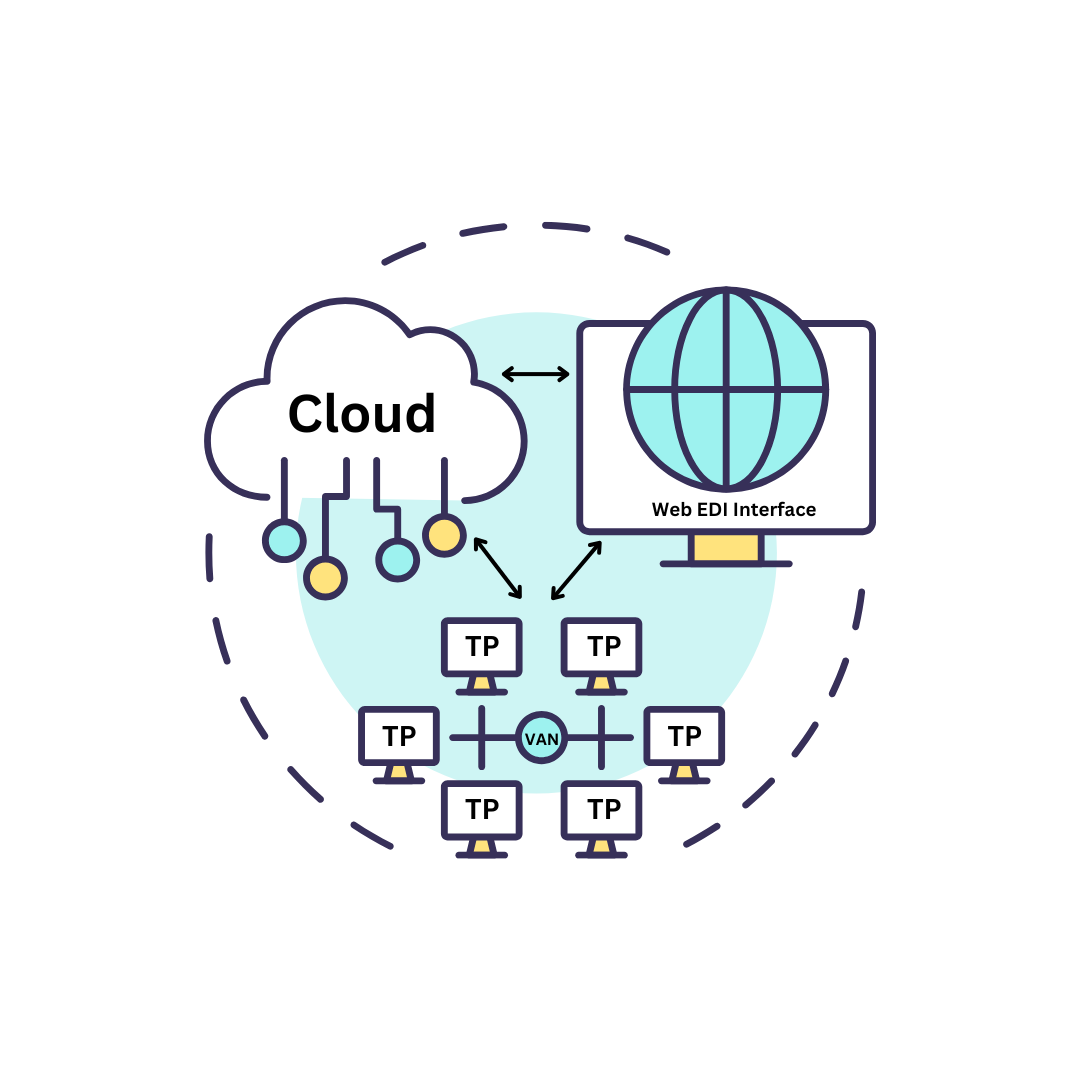Introduction In the logistics and supply chain industry, businesses constantly seek ways to streamline operations, reduce costs, and improve efficiency. One of the most effective ways to achieve these goals is through the TMS EDI Integration. This powerful combination ensures real-time data exchange, eliminates manual errors, enhances data accuracy, improves transaction speeds, and optimizes transportation […]
Introduction EDI stands as a cornerstone of efficient business operations. It’s not just a technological upgrade; it’s a strategic imperative for organizations aiming to stay competitive in an increasingly interconnected marketplace. From streamlining supply chains to enhancing customer satisfaction, EDI’s impact is far-reaching and profound. The Fundamentals of EDI At its core, EDI data represents […]
Introduction EDI testing is a critical step in ensuring that electronic transactions flow smoothly between trading partners without errors or disruptions. The global EDI software market is projected to grow from $1.98 billion in 2022 to an impressive $4.52 billion by 2030. This remarkable growth underscores EDI’s critical role in enhancing real-time communication within supply […]
Introduction The shipping industry is the backbone of global trade, moving billions of goods across continents daily. However, the complexity and scale of modern supply chains demand more than traditional methods of communication. Electronic Data Interchange (EDI) has emerged as a transformative solution, automating document exchange and streamlining operations for freight and shipping companies. Evolution […]
Introduction Since the 1970s, Electronic Data Interchange (EDI) and Value-Added Networks (VANs) have revolutionized how companies exchange information, automate processes, and collaborate with partners, ultimately driving efficiency and reducing costs. EDI and VAN are essential for businesses aiming to optimize their operations and enhance their supply chain management. However, it’s important to recognize that implementing […]





